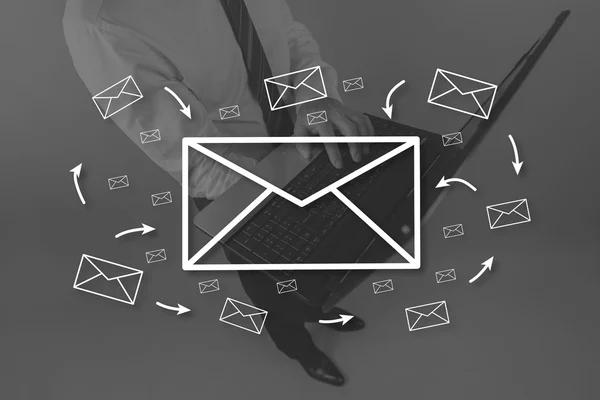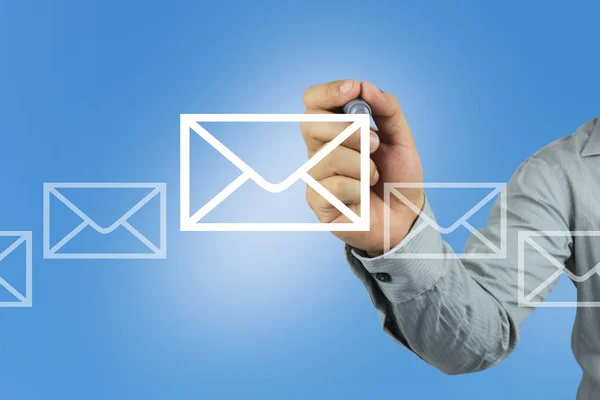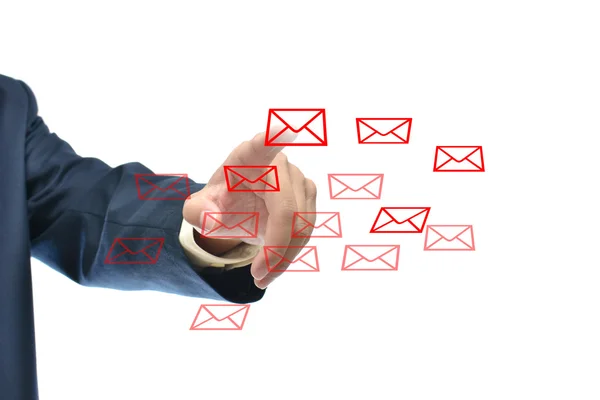Email Deliverability With A Professional SMTP Service
Email deliverability is a crucial aspect of any email marketing strategy. Ensuring that your emails reach your recipients' inboxes rather than their spam folders can significantly impact your open rates, click-through rates, and overall campaign success. One effective way to enhance email deliverability is by using a professional SMTP (Simple Mail Transfer Protocol) service. This article delves into how a professional SMTP service can improve email deliverability and the key factors to consider when choosing one.
Understanding Email Deliverability
Email deliverability refers to the ability to successfully deliver emails to the recipient's inbox. Several factors can influence deliverability, including the sender's reputation, the quality of the email content, and the technical setup of the email server. Poor deliverability can result in emails being marked as spam or rejected by the recipient's email server.
The Role of SMTP in Email Deliverability
SMTP is the protocol used to send emails over the Internet. A professional SMTP service provides a robust and reliable infrastructure for sending emails, ensuring that they are delivered quickly and efficiently. These services typically offer advanced features that can improve deliverability, such as IP warming, authentication mechanisms, and feedback loops.
Benefits of Using a Professional SMTP Service

- Improved Sender Reputation: A good SMTP service helps maintain a high sender reputation, which is critical for deliverability. They monitor your sending behavior and ensure compliance with best practices.
- Authentication Support: Professional SMTP services support authentication protocols like SPF (Sender Policy Framework), DKIM (DomainKeys Identified Mail), and DMARC (Domain-based Message Authentication, Reporting & Conformance), which help verify that your emails are legitimate.
- Scalability: These services can handle large volumes of emails, making them suitable for businesses of all sizes.
- Deliverability Monitoring: They offer tools to monitor and analyze your deliverability rates, providing insights and recommendations for improvement.
Key Features of a Professional SMTP Service
When selecting a professional SMTP service, consider the following features to ensure it meets your needs:
IP Warming
IP warming is the process of gradually increasing the volume of emails sent through a new IP address. This helps build a positive sender reputation and avoids being flagged as a spammer. A professional SMTP service typically offers automated IP warming to streamline this process.
Advanced Analytics
Detailed analytics are crucial for understanding your email performance. Look for an SMTP service that provides comprehensive reports on delivery rates, open rates, bounce rates, and spam complaints. These insights can help you fine-tune your email campaigns for better deliverability.
Throttling and Rate Limiting
To prevent overwhelming recipient servers and getting flagged as spam, professional SMTP services often include throttling and rate limiting features. These features control the rate at which emails are sent, ensuring a smooth and compliant delivery process.
Feedback Loops
Feedback loops allow you to receive notifications when recipients mark your emails as spam. This information is vital for identifying and removing problematic addresses from your mailing list, maintaining a healthy sender reputation.
Security and Compliance
Ensure that the SMTP service complies with industry standards and regulations, such as GDPR (General Data Protection Regulation) and CAN-SPAM Act. Security features like encryption and two-factor authentication (2FA) protect your email data and prevent unauthorized access.
Best Practices for Email Deliverability
In addition to using a professional SMTP service, following best practices can further enhance your email deliverability:
- List Management: Maintain a clean and updated email list. Regularly remove inactive subscribers and invalid email addresses to reduce bounce rates and improve engagement metrics.
- Content Quality: Craft high-quality, relevant content that resonates with your audience. Avoid spammy language, excessive use of capital letters, and too many exclamation marks, as these can trigger spam filters.
- Personalization: Personalize your emails to make them more engaging. Use recipient names, tailor content based on past interactions, and segment your audience to send targeted messages.
- Consistent Sending Schedule: Establish a consistent sending schedule. Sending emails sporadically can raise red flags with ISPs (Internet Service Providers). Consistency helps build a reliable sending pattern, improving deliverability.
Choosing the Right SMTP Service
With numerous SMTP services available, selecting the right one can be challenging. Consider factors such as cost, ease of integration, customer support, and the specific features offered. Some popular SMTP services include SendGrid, Mailgun, Amazon SES, and SparkPost.
Cost
Evaluate the pricing structure of the SMTP service. Some providers offer pay-as-you-go plans, while others have monthly subscription models. Choose a service that aligns with your budget and email volume requirements.
Integration
Check if the SMTP service integrates seamlessly with your existing email marketing platform or CRM (Customer Relationship Management) system. Easy integration saves time and effort in setting up and managing your email campaigns.
Customer Support
Reliable customer support is essential for resolving any issues promptly. Look for an SMTP service that offers 24/7 support through various channels, such as live chat, email, and phone.
Engagement-Based Filtering

Email Segmentation
Segmenting your email list based on user behavior and preferences allows you to send more targeted and relevant content. This increases engagement rates, as recipients are more likely to open and interact with emails that interest them.
Re-Engagement Campaigns
Identify inactive subscribers and try to re-engage them with targeted campaigns. Offer incentives, such as discounts or exclusive content, to encourage them to interact with your emails. If they remain inactive, consider removing them from your list to maintain a healthy engagement rate. Read more here about smtp service.

